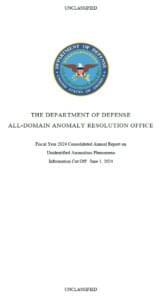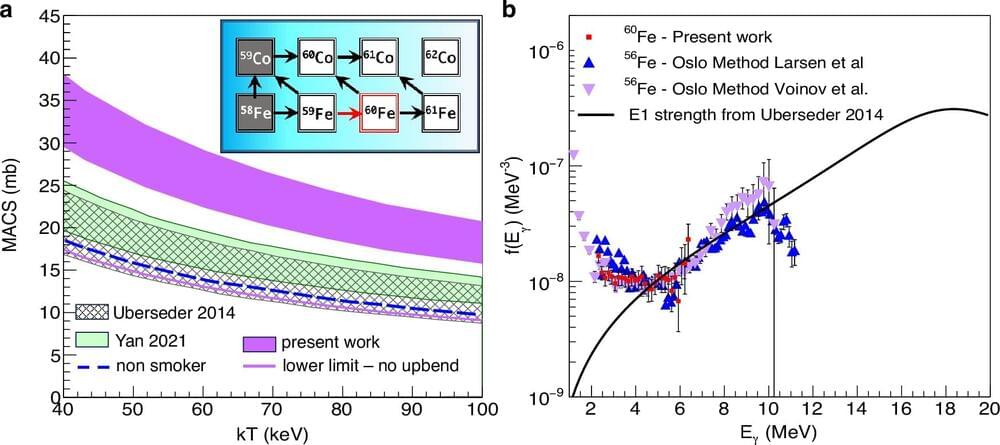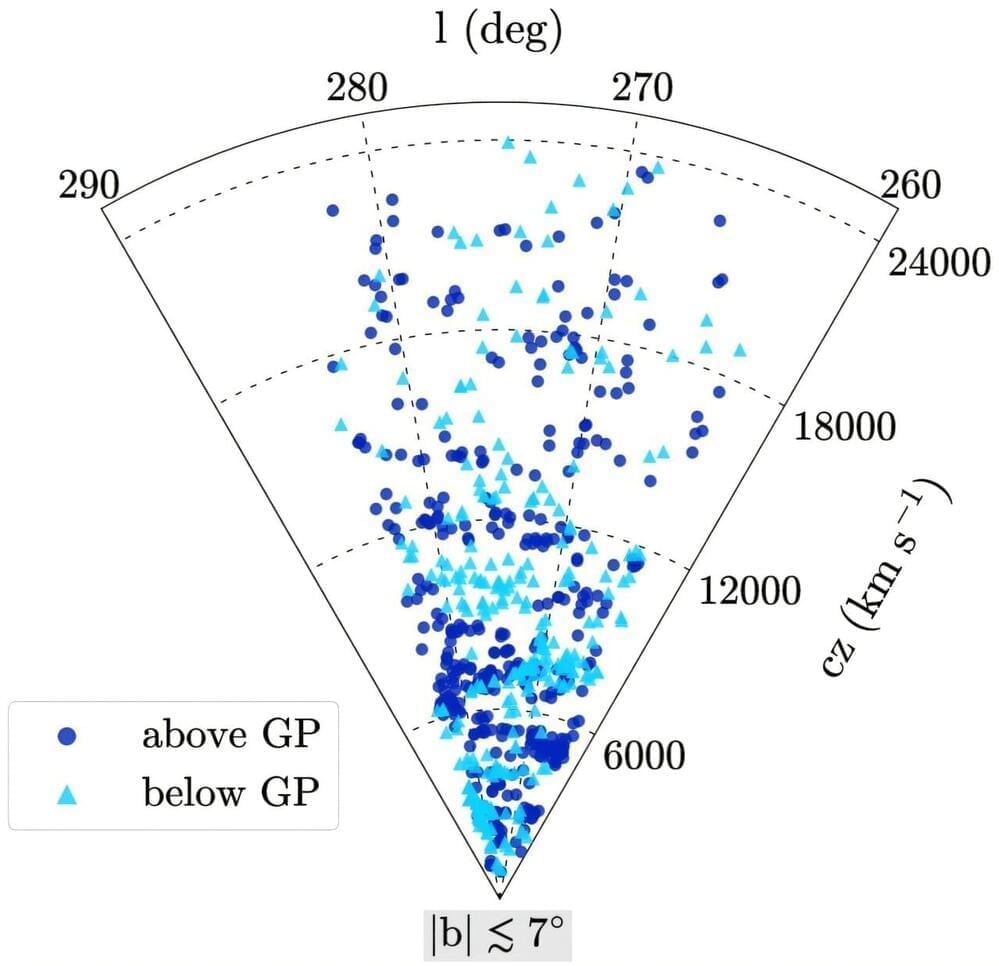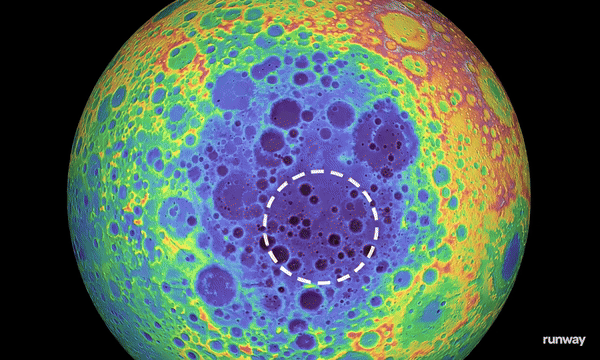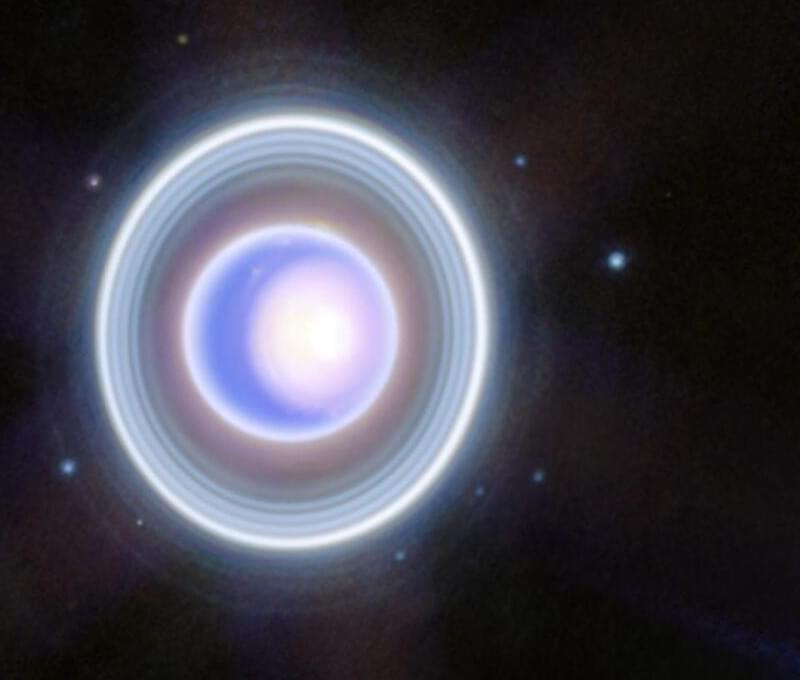In an epic story of survival witnessed by the NASA/ESA Hubble Space Telescope, one of our nearest galactic neighbours has crashed through the Milky Way galaxy’s gaseous halo and lived to tell the tale. But in the process, this dwarf galaxy, called the Large Magellanic Cloud (LMC), has been stripped of most of its own surrounding halo of gas. Researchers were surprised to find such an extremely small gaseous halo remaining — one around 10 times smaller than halos of other galaxies of similar mass. Still, the LMC has held onto enough of its gas to keep forming new stars. A smaller galaxy wouldn’t have survived such an encounter. This is the first time astronomers have been able to measure the size of the LMC’s halo — something they could do only with Hubble.
The Large Magellanic Cloud, also called the LMC, is one of the Milky Way galaxy’s nearest neighbours. This dwarf galaxy looms large in the southern nighttime sky at 20 times the apparent diameter of the full Moon.
Many researchers theorise that the LMC is not in orbit around our galaxy, but is just passing by. Those scientists think that the LMC has just completed its closest approach to the much more massive Milky Way. This passage has blown away most of the spherical halo of gas that surrounds the LMC.


